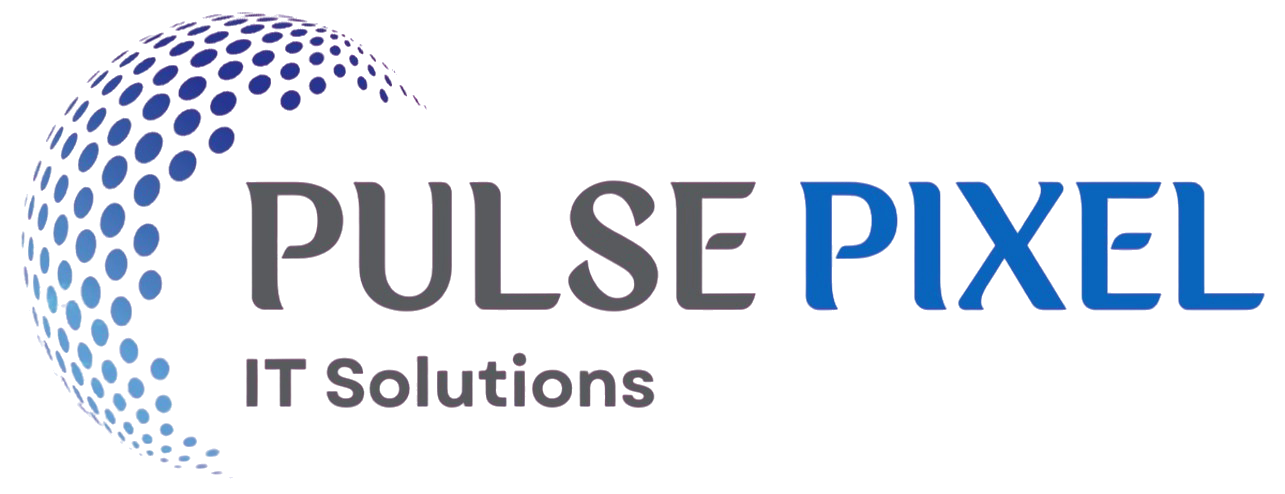IT Strategy & Best Practices
In today’s fast-paced digital environment, a well-defined IT strategy is essential for aligning technology with business goals and driving sustainable growth. Our IT Strategy & Best Practices blog delivers expert insights, proven methodologies, and actionable guidance to help IT leaders and professionals design, implement, and optimize technology initiatives that support organizational success.
From infrastructure planning and technology selection to project management and change leadership, we cover the critical components of effective IT strategy. Learn how to balance innovation with risk management, optimize resource allocation, and foster collaboration between IT and business units.

Aligning IT with Business Goals
Aligning IT with Business Goals is essential for driving organizational success in today’s technology-driven world. By ensuring that IT strategies and initiatives directly support broader business objectives, companies can maximize efficiency, foster innovation, and create competitive advantages. This alignment involves close collaboration between IT and business leaders to prioritize projects, optimize resources, and measure outcomes that matter most to the enterprise. When IT and business goals are in sync, technology becomes a powerful enabler of growth, customer satisfaction, and long-term value.
Infrastructure Planning & Optimization
Infrastructure Planning & Optimization focuses on designing and managing IT environments to maximize performance, scalability, and cost-efficiency. Effective planning ensures that hardware, software, networks, and cloud resources are aligned with organizational needs and future growth. Optimization involves continuously analyzing and fine-tuning infrastructure to eliminate bottlenecks, reduce waste, and improve reliability. By adopting best practices and leveraging automation, businesses can create resilient, flexible infrastructures that support innovation and deliver seamless user experiences.
Technology Selection & Integration
Technology Selection & Integration is a critical process that involves identifying the right tools and solutions to meet an organization’s unique needs and seamlessly incorporating them into existing systems. Effective selection requires careful evaluation of functionality, scalability, cost, and compatibility, while integration ensures smooth communication and workflow across diverse platforms. When done well, this process enables businesses to enhance productivity, reduce operational silos, and accelerate digital transformation—ultimately driving greater value and agility.
Cybersecurity Strategy
Cybersecurity Strategy is a comprehensive plan that outlines how an organization protects its digital assets, data, and operations against evolving cyber threats. It encompasses risk assessment, threat prevention, detection, response, and recovery measures tailored to the organization’s unique environment and business goals. A strong cybersecurity strategy integrates people, processes, and technology to build resilience, ensure regulatory compliance, and safeguard reputation. By proactively addressing vulnerabilities and adapting to new challenges, this strategy enables organizations to defend against attacks and maintain trust in an increasingly connected world.
Cloud Adoption & Management
Aligning IT with Business Goals is essential for driving organizational success in today’s technology-driven world. By ensuring that IT strategies and initiatives directly support broader business objectives, companies can maximize efficiency, foster innovation, and create competitive advantages. This alignment involves close collaboration between IT and business leaders to prioritize projects, optimize resources, and measure outcomes that matter most to the enterprise. When IT and business goals are in sync, technology becomes a powerful enabler of growth, customer satisfaction, and long-term value.
Infrastructure Planning & Optimization
Infrastructure Planning & Optimization focuses on designing and managing IT environments to maximize performance, scalability, and cost-efficiency. Effective planning ensures that hardware, software, networks, and cloud resources are aligned with organizational needs and future growth. Optimization involves continuously analyzing and fine-tuning infrastructure to eliminate bottlenecks, reduce waste, and improve reliability. By adopting best practices and leveraging automation, businesses can create resilient, flexible infrastructures that support innovation and deliver seamless user experiences.
In a rapidly evolving technology landscape, having a clear and effective IT strategy is crucial for businesses to achieve their goals and maintain a competitive edge. Our IT Strategy & Best Practices blog offers valuable insights into designing, implementing, and refining IT plans that align with organizational objectives.
From selecting the right technologies and optimizing infrastructure to managing cybersecurity risks and fostering collaboration between IT and business teams, we cover essential best practices that help you maximize the impact of your IT investments. Whether you’re an IT leader or a business professional, our content empowers you to make informed decisions, improve operational efficiency, and drive innovation across your organization.


